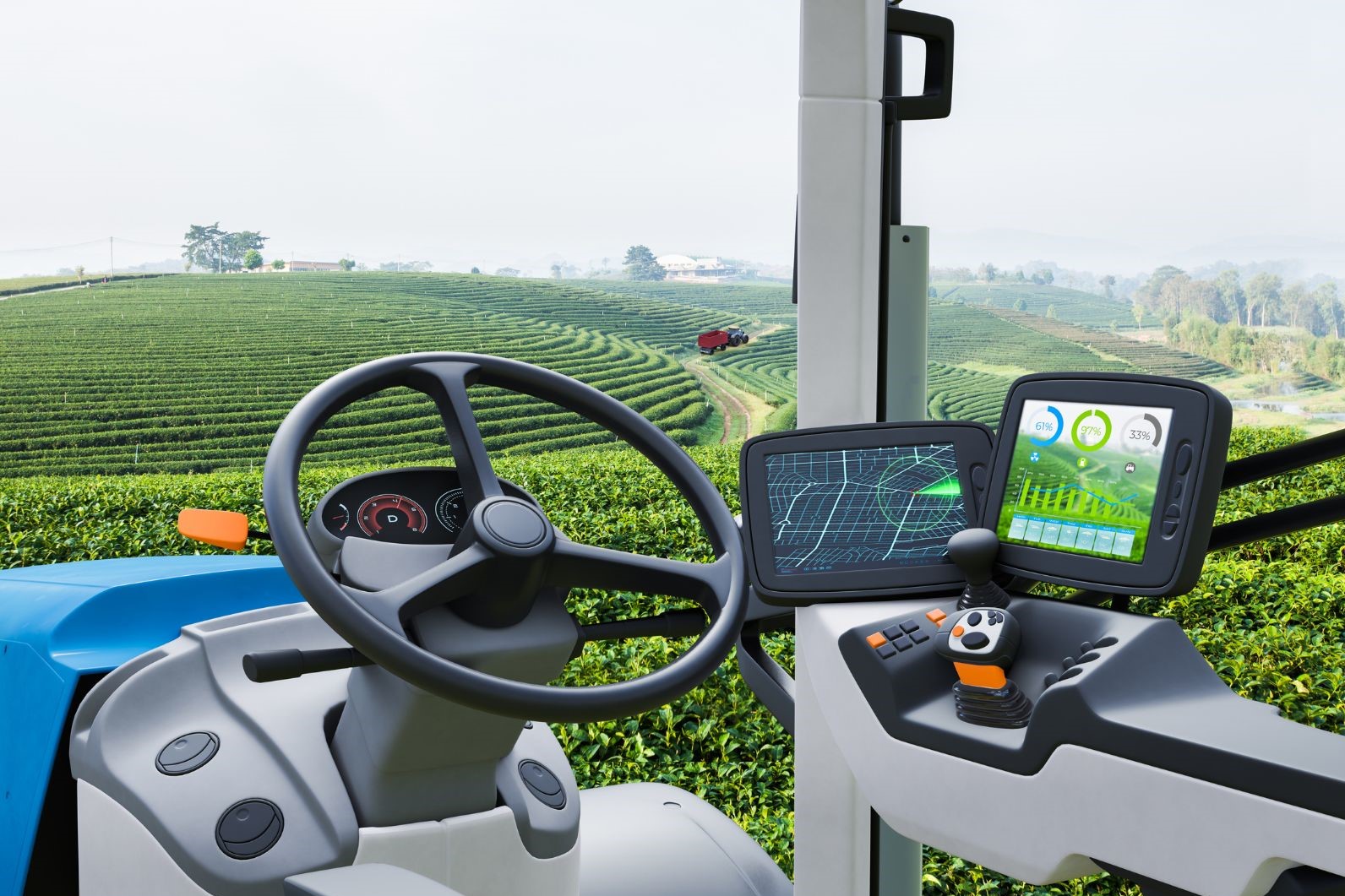Machine Learning and Smart Farming: Are the Future of Agriculture?

This post is also available in:
This post is also available in:
![]() Ελληνικά (Greek)
Ελληνικά (Greek)
Recently, artificial intelligence has increasingly made its presence in our daily lives. There are occasions when we may not even consciously recognize the presence of certain technological advancements based on AI. Machine learning is a type of artificial intelligence that has applications across diverse sectors. It relies on the provision of information to machines and software systems. The fundamental purpose of Machine learning is to monitor tasks by mitigating human errors and enhancing efficiency and productivity.
How can machine learning be used in agriculture?
Is it the solution to the problems of traditional methods?
In the past few decades and recent years, farmers have witnessed large changes in cultivation methods, harvesting, and post-harvest management. So, questions like:
- Are smart farming technologies going to be useful in tackling new and old challenges, increasing the yield, and improving the sustainability of a farm?
- Which of these tools are suitable for me, and how do I use them?
…are very common among farmers nowadays.
Why Smart Agriculture and not Traditional Farming?
Today, the primary sector faces the challenge of feeding a growing population, signifying the need for increased food production.
Traditional agriculture has limitations when it comes to satisfying the needs of the entire population in a sustainable, long-term way. The lack of available workforce and the limited available inputs pose a significant problem, leading to extended seed planting and fruit harvesting periods and lower input use efficiency.
Additionally, Crop diseases are a severe threat to plants, and it is imperative to take timely preventive measures. The uncontrolled spread of crop diseases is based on two factors:
- Firstly, farmers are unable to monitor the cultivation constantly.
- Additionally, climate change has resulted in changes in temperature, humidity, and rainfall frequency, impacting the development of plants.
In conclusion, over-cultivation and soil pollution have changed the nutrient composition of fields. This usually has a significant negative result on the yield and quality of agricultural products.
Smart technologies make it practically feasible to improve the quality and quantity of primary food production, empowering farmers to:
- Monitor and forecast weather changes
- Monitor soil composition in nutrients and oxygen
- Detect soil temperature
- Ιdentify and address weeds, pests, and other crop diseases
- Ηarvest at the appropriate stage of ripeness
- Develop an early risk management system
- Limit the excessive use of pesticides and herbicides, leading to capital savings
Smart Technologies:
- Robotic System
- Farm drones
- Satellites
- Sensors
- Capture and detailed image analysis
- Applications
More specifically, with smart agriculture, soil mapping and sampling are conducted, and through sensors, soil parameters such as nutrient availability (phosphorus, nitrogen, and potassium), oxygen availability, cultivation temperature, and humidity are determined. These data are recorded and stored to be analyzed at any time in order to improve the quality of the produce. Furthermore, sensors and drones with cameras can be used to help prevent the spread of diseases across the field. Aerial spraying systems could be useful to apply pesticides precisely to the roots as needed. The primary objective is to monitor and record data in real time, aiming to minimize the use of pesticides.
This method can also boost organ farming.
Finally, another significant role of smart agriculture is harvesting crops that farmbots will collect at the appropriate stage of ripeness. This stage is estimated based on factors such as size, shape, color, appropriate seed spacing, and the consistency of the flesh under pressure.
Last thoughts
Undoubtedly, the use of new technologies leads to controversial opinions. The introduction of smart agriculture contributes not only to increased quality and quantity of primary products but also is an effective way to reduce Food Loss and environmental pollution. Smart devices can help automate the processes of irrigation, fertilizing, and pest control.
Farmers save a lot of money because every parameter is monitored, making it difficult to lead to cultivation disasters. It is worth noting that smart farming addresses the need for more workforce in the agri-food industry.
In conclusion, apart from the numerous advantages of smart farming, this innovative method comes with a lot of challenges:
- There is a high demand for skilled engineers to maintain the machines.
- Farmers’ limited knowledge could potentially result in errors during the adaptation phase.
- Transitioning from traditional to smart agriculture requires a significant financial investment to acquire new equipment, making it less accessible for small and medium-sized enterprises without government support. A reliable internet connection is imperative to ensure the continuous recording of data. It is very important to implement a cybersecurity system and software to keep hacker attacks away.
- There is an urgent need for tailored regulations to govern modern cultivation practices and prevent corruption.
References
Precedence Research (2020).
Machine learning in agriculture: use cases and applications. (2023, February 1).
Indrajeet Kumar, J. R. (2021). Opportunities of Artificial Intelligence and Machine Learning in the Food Industry.
Lefteris Benos, A. C. (2021). Machine Learning in Agriculture: A Comprehensive Updated Review.
Sciforce. (2023, January 25). What is Smart Farming? It’s The Future of Agriculture. IoT For All.








































































